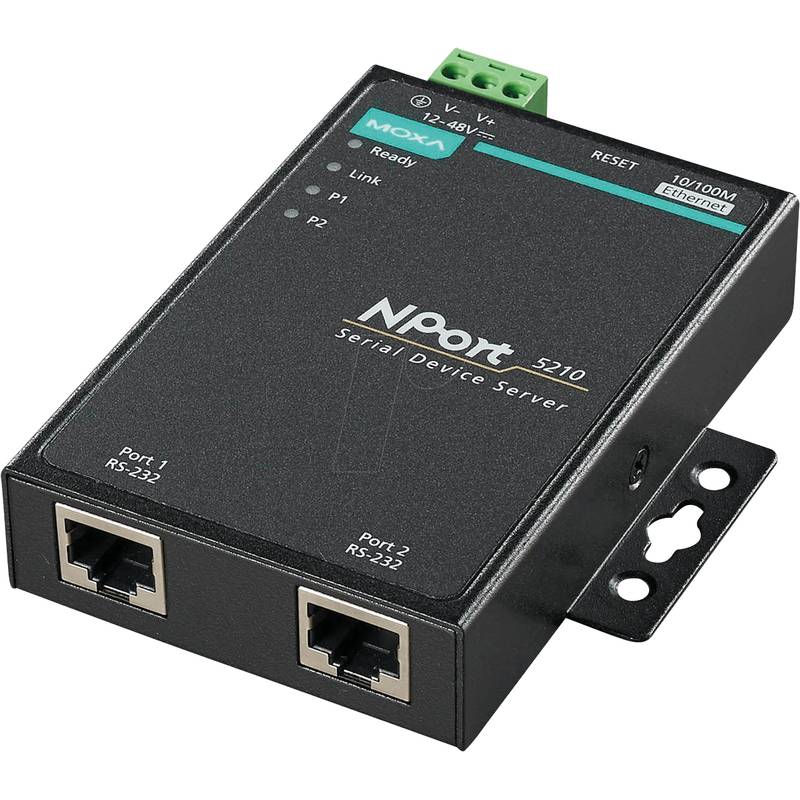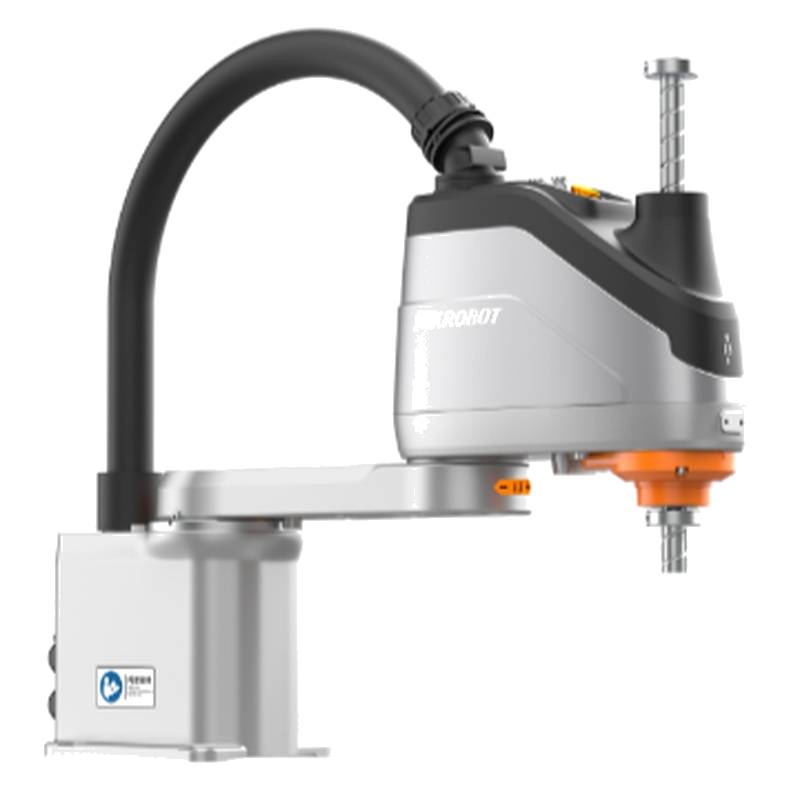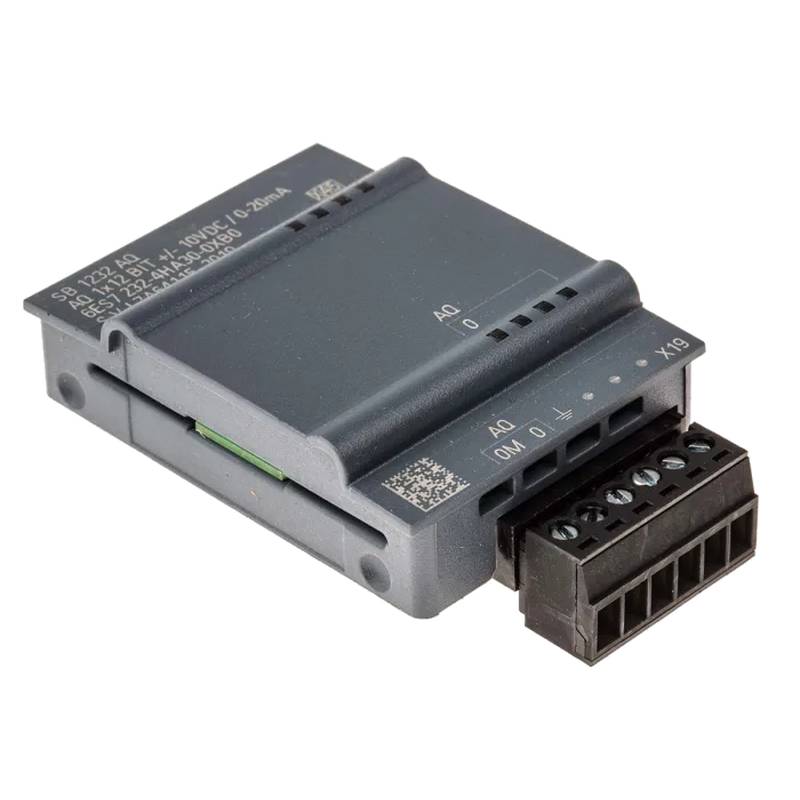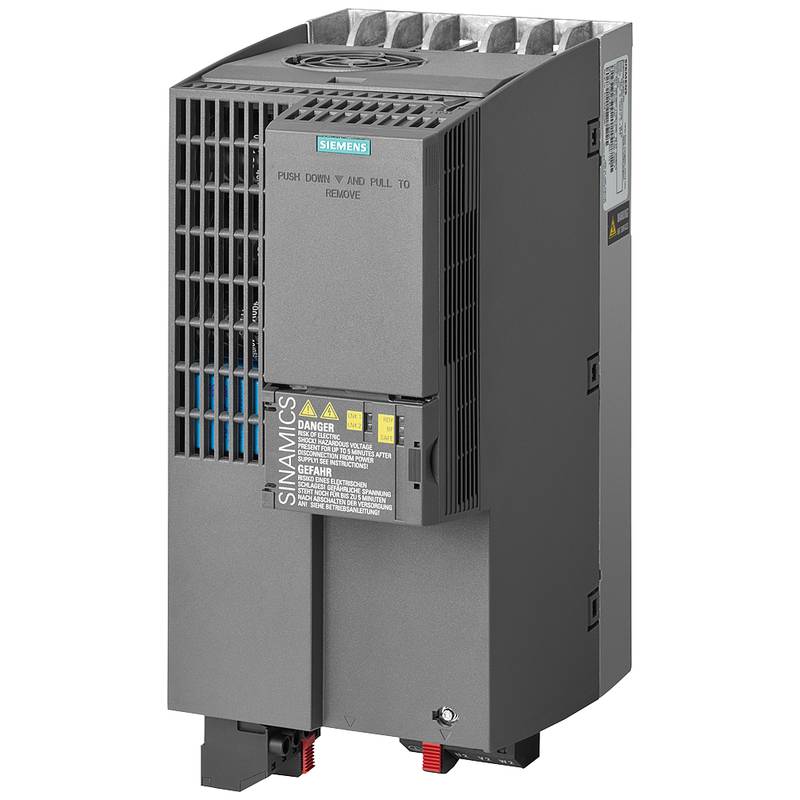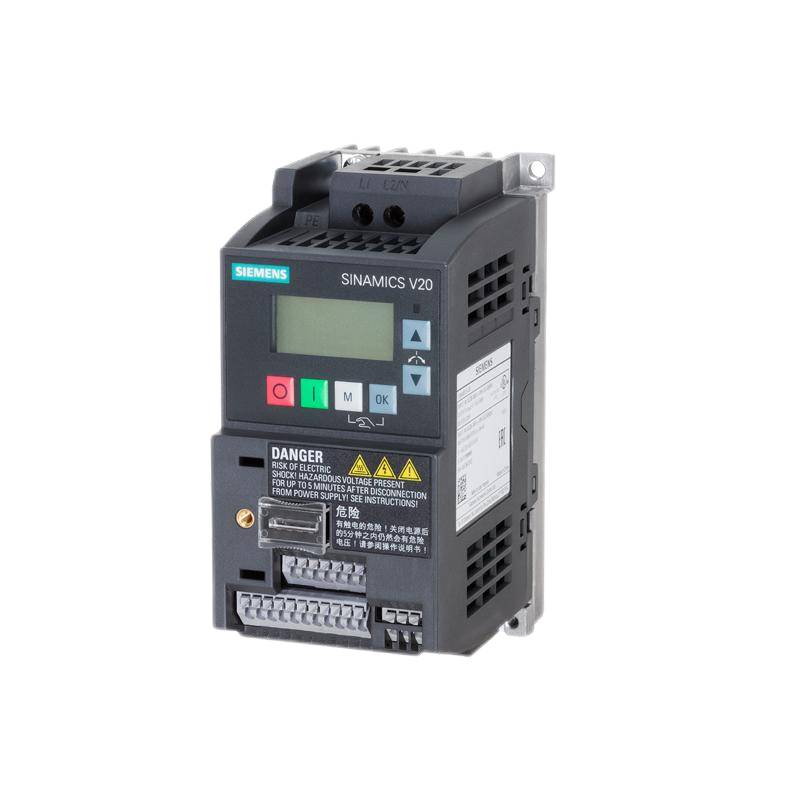
The Moxa NPort 5210 is a robust 1-port serial to network device server designed to seamlessly connect legacy serial devices to an Ethernet network. It boasts rapid data transmission, industrial-grade reliability, and versatile protocol support, making it an essential component for modernizing industrial automation systems. Key technical parameters include its dual Ethernet ports for network redundancy, a wide operating temperature range of -40 to 75°C, and support for TCP/IP, UDP, and HTTP protocols. The NPort 5210 also offers RS-232/422/485 serial interface options, ensuring compatibility with a broad spectrum of industrial equipment.
Core Features & Market Positioning
The Moxa NPort 5210 distinguishes itself through its inherent industrial robustness and ease of integration. Its dual Ethernet ports are a significant differentiator, enabling network redundancy through protocols like Moxa's patented Turbo Ring technology, which provides millisecond-level network recovery. This feature is critical for applications where network downtime is unacceptable, positioning the NPort 5210 as a premium solution for mission-critical environments. Furthermore, its support for a wide array of serial interfaces (RS-232, RS-422, and RS-485) within a single unit simplifies deployment and reduces the need for multiple hardware types. Moxa's reputation for industrial-grade quality and long-term product support further solidifies its market position as a trusted provider of serial-to-Ethernet conversion solutions.
Key Application Scenarios
Industrial environments demanding reliable remote access to serial devices greatly benefit from the Moxa NPort 5210. It is exceptionally well-suited for connecting Programmable Logic Controllers (PLCs), Human-Machine Interfaces (HMIs), and SCADA systems to Ethernet networks for centralized monitoring and control. In the manufacturing sector, it facilitates real-time data acquisition from production machinery, enabling enhanced efficiency and predictive maintenance. For building automation, the NPort 5210 can integrate HVAC systems, security cameras, and access control panels into a unified network infrastructure. Additionally, transportation systems utilize this device for managing traffic signals, fare collection systems, and communication equipment on trains and buses, ensuring continuous operation and data flow.
Practical System Integration Guidance
Integrating the Moxa NPort 5210 into an existing system is straightforward, typically involving a few key steps. Initial setup can be accomplished using Moxa's Windows utility, "NetTool," which discovers NPort devices on the network, allowing for IP address configuration and basic parameter settings. For more advanced configuration, web-based management offers access to detailed settings, including serial port parameters (baud rate, data bits, parity, stop bits), network protocols (TCP Server, TCP Client, UDP, Real COM mode), and security features. The device supports Real COM mode, which emulates a physical COM port on a host PC, allowing existing serial communication software to function over the network without modification. Ensuring proper network connectivity and selecting the appropriate operating mode based on the connected serial device's requirements are crucial for successful integration.
Operation and Risk Mitigation
Operating the Moxa NPort 5210 typically involves ensuring stable power supply and correct network cabling. The device features LED indicators that provide real-time status of power, network activity, and serial port communication, aiding in quick diagnostics. Potential risks, such as network instability or serial communication errors, can be mitigated by configuring appropriate network redundancy protocols and verifying serial communication parameters match the connected device. In case of communication failures, checking the physical connections, power status, and serial/network settings on both the NPort and the connected device is the primary troubleshooting step. The NPort 5210 is designed with industrial environments in mind, incorporating features like built-in surge protection to minimize risks associated with power fluctuations.
Scalability & Long-Term Value
The Moxa NPort 5210 offers significant scalability and long-term value, particularly for organizations planning for future expansion or digital transformation initiatives. Its ability to connect any serial device to an Ethernet network provides a foundational step towards an Industrial Internet of Things (IIoT) architecture. By bringing legacy equipment online, data from these devices can be collected, analyzed, and acted upon, enabling smarter operations and improved decision-making. Compatibility with various Moxa management platforms, such as Moxa Device Manager, allows for centralized monitoring and configuration of multiple NPort devices across a large deployment, simplifying administration and maintenance. This facilitates a gradual and cost-effective upgrade path from purely serial-based systems to integrated network solutions.
Frequently Asked Questions
What are the main advantages of the Moxa NPort 5210?
The NPort 5210 offers dual Ethernet ports for network redundancy. It supports a wide operating temperature range, making it suitable for harsh industrial settings. The device also provides flexible serial interface options (RS-232/422/485) for broad compatibility.
What is the NPort 5210's primary function in an industrial network?
Its core function is to convert serial communication protocols to Ethernet. This allows older serial devices to communicate over modern IP networks. It enables remote monitoring, control, and data acquisition from serial equipment.
How does the NPort 5210 facilitate network redundancy?
The NPort 5210 features dual Ethernet ports that can be configured for redundancy. This often utilizes Moxa's proprietary Turbo Ring technology for rapid network failover. This ensures continuous connectivity even if one network path fails.
What serial interfaces does the Moxa NPort 5210 support?
This device server supports RS-232, RS-422, and RS-485 serial interfaces. This versatility ensures it can connect to a vast array of industrial equipment. Users can select the appropriate interface via software configuration.
Can the NPort 5210 be used with existing serial software?
Yes, the NPort 5210 supports Real COM mode. This feature emulates a physical COM port on a host computer. Existing serial communication applications can then connect to the device as if it were directly attached.
What are the typical installation steps for the NPort 5210?
Initial setup involves connecting the device to the network and power. Use Moxa's NetTool utility to discover and configure the IP address. Then, configure serial port settings and network operating modes via the web interface.
How can I troubleshoot communication issues with the NPort 5210?
Verify physical network and serial cable connections are secure. Check the power status and LED indicators on the device. Ensure serial parameters (baud rate, parity) and network settings match the connected device.
What are the operating temperature limits for the NPort 5210?
The NPort 5210 is designed for industrial use and operates in a wide temperature range. It typically functions from -40°C to 75°C (-40°F to 167°F). This wide range ensures reliability in extreme environments.
How does the NPort 5210 contribute to IIoT integration?
By connecting serial devices to Ethernet, it makes legacy equipment IIoT-ready. This allows for data collection and analysis for smart manufacturing. It's a crucial step for digital transformation in industrial settings.
What management features are available for the NPort 5210?
The device supports web-based management for configuration. It can also be managed through Moxa's Device Manager software. This enables centralized control of multiple units in a network.














